The CRAP Amazon suppliers face dealing with Amazon and how its tactics may change under GSCOP. Sources tell The Grocer of the Amazon buying practices that could attract the Adjudicator’s attention now the giant must adhere to GSCOP
Amazon will at last be expected to comply with the Groceries Supply Code of Practice (GSCOP), after the CMA judged it had breached the threshold £1bn annual grocery sales.
And experts agree it will have wide-reaching consequences.
“For Amazon it will mean chaos,” says Ged Futter, CEO of The Retail Mind. “They are not a business set up for scrutiny by legislators and adjudicators. The ‘buyers’ are not buyers in the way that we would see them. But they have no option, it is the law.”
And by law, says Charles Livingstone, litigation partner at Brodies LLP, that means “having to incorporate the Code into all its grocery supply agreements, giving certain notices to its suppliers pre-contract, putting all agreement terms in writing and retaining copies of those, appointing a Code Compliance Officer, providing regular training on the Code’s requirements to its buying team, implementing specific dispute resolution processes, and producing annual compliance reports.”
Of course it’s no more than the bricks and mortar retailers have had to do since GSCOP was first introduced in 2015, but it wasn’t set up with a business like Amazon in mind and there are some specific and unique buying and selling tactics that Amazon is likely to come under scrutiny for. So what are they? How dangerous are they to Amazon? And with a £236m potential fine at stake, how will it deal with the threat? Here’s five areas that the Adjudicator is likely to look at.
1. Automated forecasting
Amazon’s existing rules of engagement allow it to source the same product from a manufacturer brand, a distributor, and a wholesaler, and it will typically give vendors an automated forecast up to six months in advance.
Forecast or not, experts say Amazon always procures from the source with the lowest cost price. If, for example, the wholesaler lowers the cost price, it will receive the purchase order for the product, not the distributor or the manufacturing brand.
In theory that goes out the window under GSCOP, with Amazon having to provide the manufacturing brand with a realistic forecast and “compensate the supplier for forecasting errors, except as expressly stated in the supply agreement or where the designated retailer acted with due care and good faith communicating the basis of any forecast to the supplier” under GSCOP rules.
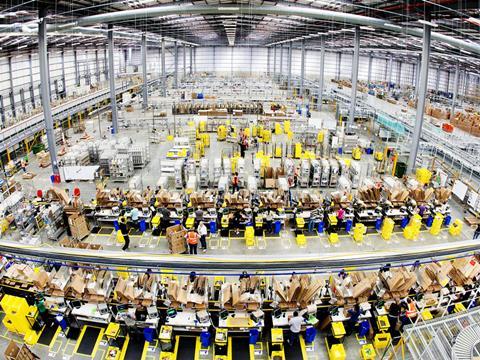
In addition, Amazon has been known to send back products to suppliers if they have not been sold within 90 days, which experts say would not be allowed under GSCOP.
However, Martin Heubel, founder of London-based e-commerce strategy consultant Consulterce, and previously a senior Amazon category manager working with the likes of Nestlé, Mondelēz, and Mars, believes Amazon will be reluctant to change its ways in a hurry.
“It sees itself as a multi-supplier marketplace rather than a traditional retailer that sources each product primarily from one single supplier,” he says. However, large fmcg brands already receive more manual forecasting through the Amazon Vendor Service, a paid service that “ensures brands receive a strategic headcount resource within Amazon to help with day-to-day operations”.
Amazon is reported to charge anything from £80,000 for a shared resource to £300,000 for a dedicated team.
Yet brands that choose not to pay for the Amazon Vendor Service are unlikely to receive such manual forecasts, especially, he says because “the required ‘good faith’ of GSCOP can be interpreted quite widely.”
“For me this smacks of ‘our business is complicated so we can make it easier, but this is what it will cost you’,” says Futter.
2. Delisting of ‘CRAP’ brands
In the algorithm-led world of Amazon buying, the biggest dread of any supplier is having its product classified as ‘CRAP’ - standing for ‘cannot realise any profit’.
The status is often awarded to products with low per-unit prices and high variable cost structures. Once an item is CRAPed, Amazon will no longer place orders with brands losing sales and rankings on its marketplace..
As suppliers testify, when that happens the result is invariably Amazon asking them to renegotiate costs and provide margin support, and if a supplier refuses it almost always takes punitive action.
“Typically, a brand will receive a funding request for a product at risk of CRAP a few days in advance via its Vendor Central platform,” says Heubel. “However, if Amazon loses thousands of pounds in profits every day due to a sudden drop in a product’s price, it can result in it being delisted instantly, regardless of if they have stock in the warehouse.”
And until the issue is resolved, vendors cannot run ad campaigns or promotions for the product in question.
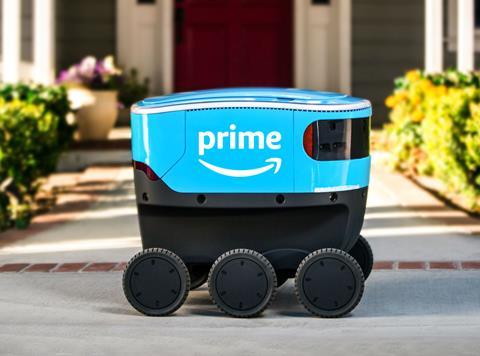
If a supplier doesn’t agree to a funding request, Amazon “may suppress the listing,” adds a source. “Constant chasing of Amazon is then needed to recover the ‘buy box’.”
“Unlike other retailers, Amazon does not consider the health of the overall account in its CRAP/delisting decisions,” says Heubel. “Instead, each product must stand on its own margin. So even if a brand’s average weighted margins are healthy at the account level, individual products in their portfolio may be affected by the CRAP algorithm for a variety of reasons.”
GSCOP requires retailers to provide sufficient notice and an explanation to brands when they withdraw a product from the market and is likely to be one of the thorniest areas for Amazon in its dealings with the adjudicator Mark White.
However, as with many aspects of the Code, precisely what ‘sufficient’ is not clearly defined, and experts believe this is something Amazon is likely to exploit from a legal perspective.
“I expect them not to change their delisting practices anytime soon, given CRAP programme’s significant upside, and the GSCOP regulation is not concise enough in its wording of what a ‘sufficient’ notice or explanation for the delisting would be,” says Heubel.
But “blaming the algorithm may no longer be a way out,” another source believes and argues Amazon will have to be more cautious when seeking payments from suppliers alongside the threat of delisting, as it may amount to a listing fee.

3. Delay in payments
GSCOP dictates that “a retailer must pay a supplier for groceries delivered to that retailer’s specification in accordance with the relevant supply agreement, and, in any case, within a reasonable time after the date of the supplier’s invoice”.
Yet sources say Amazon routinely makes unagreed auto-deductions, leaving it to the vendor to raise a dispute.
“Amazon has a track record of not paying invoices on time when its systems detect a problem with the quantity of product on the invoice compared to the assumed quantity received in its warehouses,” says Heubel.
“When a shortage occurs, brands must prove to Amazon they have delivered the right number of products. Amazon does not accept proof of delivery from carriers.”
Instead, Amazon relies on manual counts of its inventory, providing no transparency to brands and making it difficult for them to dispute its conclusion, Heubel adds.

“Typically, shortages are manually identified and settled between the Amazon buyer and the national account manager of the brand. This process can take six to nine months and could be seen as a ‘delay of payment’ and thereby be in violation of GSCOP.”
A source claims such tactics could be “significantly curtailed”, along with Amazon’s ability to unilaterally levy charges on suppliers or make invoice deductions.
But, says Heubel, “given the complexity of its automated processes, which are being developed on a global scale, and the associated financial risk for Amazon”, it is unlikely to willingly roll over on the issue. “They’re more likely to exploit the vague GSCOP wording of ‘within a reasonable time’.”
4. Annual vendor negotiations
Sources suggest Amazon has already somewhat softened its approach to food and drink companies in preparation for its GSCOP designation.
“They have seen this coming for some time and have been making preparations,” says Heubel, who believes the biggest impact will be on its process for negotiating annual joint business plans (JBPs).
“Amazon often deploys punitive measures or so-called ‘disincentives’ to speed up the negotiation process,” he says.
“It has several tactics in its back pocket, ranging from suspending the ‘buy box’ to redirecting traffic or even pausing orders with suppliers entirely.”
Another source says: “Amazon asks vendors to backdate all terms and prices to the beginning of the year after the JBP is agreed. It often pays based on the day the invoice is produced, not on the price agreed on delivery day, causing issues with CPIs.”
It could be a minefield under GSCOP, which prohibits retrospective variations of supply agreements, but Heubel thinks Amazon will find ways to limit exposure.
“I expect Amazon to take a much more co-operative approach with suppliers who only trade with them in the UK,” he predicts.
“However, most of the large suppliers deal with Amazon on a pan-European basis.” For these, Heubel expects Amazon “to use pan-European negotiations to apply disincentives in marketplaces where GSCOP does not apply, but where the share of sales is still large enough to exert enough pressure to get what they want”.
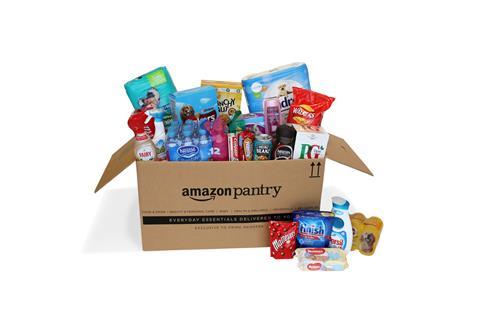
5. Lack of transparency
Whilst the prospect of a £236m fine, based on the maximum 1% of its current UK turnover available to the adjudicator as the maximum punishment for an investigation is water off a ducks back for a company with UK sales alone of £87bn, it will nevertheless be forced to be far more transparent in its dealings with suppliers. This even applies to Amazon’s terms and conditions with suppliers, which Futter says will “now not be able to contain anything that is not code compliant. This may mean they have to review and revise their T&Cs just for the UK.”
The CMA ruling comes into effect from 1 March, and GSCOP cannot look into Amazon’s behaviour prior to that date.
Yet Amazon will now be subject to future adjudicator annual reports, which have been used as a key vehicle to force supermarkets to improve their policies on key supply chain issues.
“GSCOP requires designated retailers to deal lawfully and fairly with their suppliers,” says John Noble, director of the British brands group.
“Furthermore it is designed to increase trading certainty for suppliers in relation to their costs and risks of trading, making them better able to invest in quality, choice, innovation and reputation. These are not contentious goals.
“The designation of Amazon is a positive development for shoppers, suppliers, competing retailers and Amazon itself.”
Amazon, of course, won’t view it in quite such a positive light. The fight to put Amazon under GSCOP’s scope may be over. Now a new fight is set to begin. And it could be a lot bloodier.







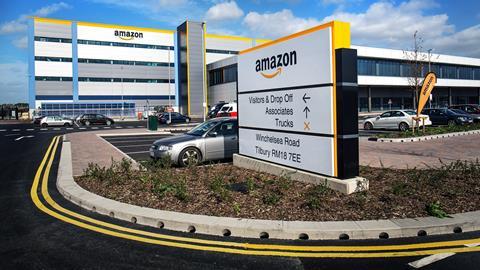
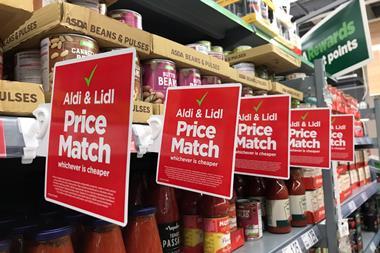
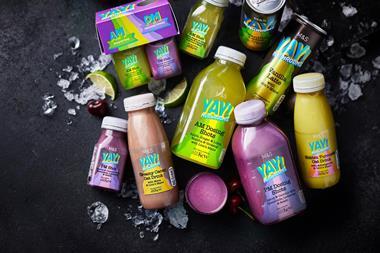








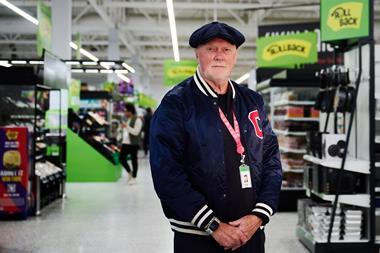

No comments yet